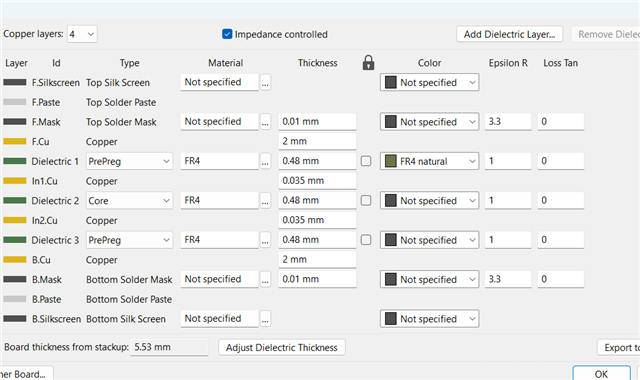Tool/software:
Dear Team,
We are using this IC to detect the water level for 35cm. We we are using the sensor part in FLEX then it is giving correct value. But we want it to be on a rigid PCB and also we want that we can directly submerge the sensor part in water. With flex we are facing a problem when we directly submerge in water it gets saturated. Please suggest how we can proceed for this.




